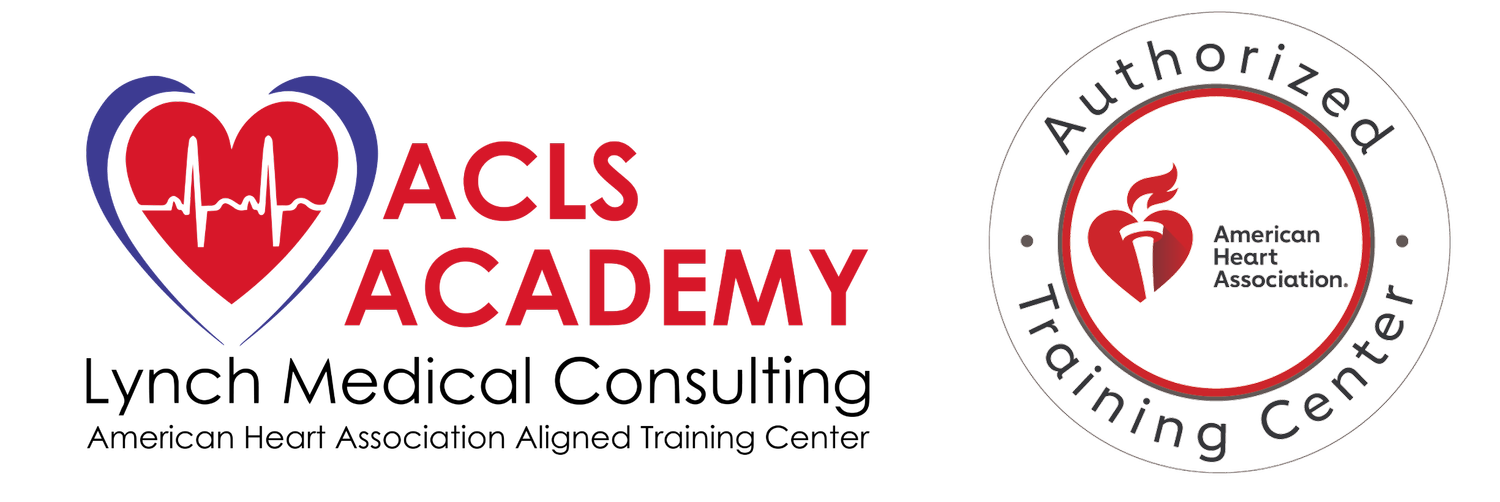Heart disease is one of the leading causes of death in men and women in the United States. While some individuals have a genetic predisposition, there are several steps you can take to help prevent the onset of heart disease and reduce your risk.
By incorporating these strategies into your daily routine, you’ll feel healthier and more robust.
Exercise Regularly Throughout the Week
Participating in regular exercise or low-impact activity, such as walking, throughout the week can help lower your risk of heart disease, especially when paired with other lifestyle changes. Physical activity will help strengthen your heart and help control your weight, which can help reduce the strain on your heart.
Engaging in 30 minutes of moderate exercise 3-5 times per week can offer heart benefits! And that doesn’t mean you have to do high-intensity exercise. Regular everyday activities such as housekeeping, gardening, taking the stairs instead of the elevator, and taking your pup for a walk also count!
Before starting a new exercise regiment, consult with your doctor to ensure you’re adapting healthy regimens ideal for your age and health status.
Eat a Heart-Healthy Diet
Eating a well-balanced diet and limiting (or avoiding) foods high in salt and sugars in certain fats (saturated and trans fats) will help strengthen your heart.
Sources of saturated fats:
Red meat
Coconut and palm oils
Full-fat dairy products
Sources of trans fat:
Diets rich in fruits, vegetables, and whole grains are extremely healthy options and are great for the heart and digestive system.
Maintain a Healthy Weight
Being overweight can increase your risk of heart disease and other conditions such as high cholesterol, high blood pressure, and diabetes. These conditions can impact blood flow to the heart, causing it to work harder. Weight loss, even by a small amount, can help reduce your risk of heart disease.
Manage Stress
Finding healthy ways to manage your stress is imperative for your heart health. Whether through relaxation exercises, meditation, yoga, or general physical activity, try finding a way to cope with the stress that works for you!
Get Regular Health Screenings
So many conditions, including high blood pressure, high cholesterol, and diabetes, can have little to no symptoms making these issues go unnoticed. Your healthcare provider will perform tests and screenings during your yearly physical to keep an eye on these conditions.
Depending on several risk factors, your provider might recommend certain screenings earlier or to screen more often.
Don’t Smoke or Use Tobacco
What kind of healthcare professionals would we be if we didn’t tell you this? The chemicals in tobacco can cause plaque buildup in the arteries, narrowing them and reducing blood flow to the heart. Over time, the arteries will become so narrow that blood can no longer travel through them, causing a heart attack. Smoking tobacco, and even secondhand smoke, can increase your risk of a heart attack. By quitting, your risk is significantly reduced.
Get Enough Sleep
Not getting enough sleep can be harmful to your health, and individuals that don’t get enough sleep are at a higher risk for high blood pressure, diabetes, obesity, and depression.
Make sleep a priority to avoid damage to your body! Adults need an average of six to nine hours of sleep per night, and sticking to a sleep schedule will help ensure you get an adequate amount of sleep each night.






